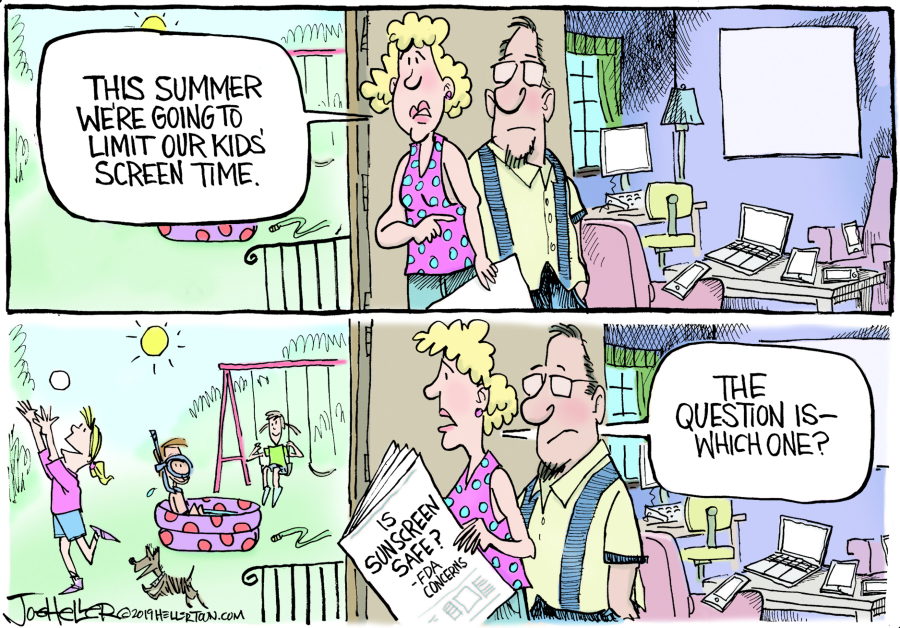This issue of the Post-Record includes our annual “Grad Tab,” a tribute to the seniors at Camas and Washougal high schools who are preparing to graduate over the next two weeks.
Although we always love seeing the end result, the Grad Tab is not easy to pull together. This is a busy time for high school staff and finding photos of seniors for the local newspaper is never a high priority for them. We understand that, and are grateful to the folks who help us each and every year.
This special section also features the valedictorians and salutatorians from Camas and Washougal high schools, and when we say these kids are busier than most working adults, we’re not kidding. Several of this year’s valedictorians from Washougal High were in the middle of winning medals at state athletic competitions when we were trying to track them down for interviews and photos. Two valedictorians were only able to respond to our questions via email … and then only around 1 o’clock in the morning.
Despite the efforts the Grad Tab takes, however, writing these stories always brings a few tears to my eyes and elicits an overwhelming hope that these talented, earnest young people will have bright futures.
This year, however, as a Gen-Xer who will hit a rather frightening stage of life next year — paying the remaining $6,000 on a bachelor’s degree from an in-state public university she attended in the mid-1990s while trying to help her own daughter pay for her first year at an in-state public university that now costs nearly four times as much — the issue of college tuition loomed large while editing the Grad Tab.




